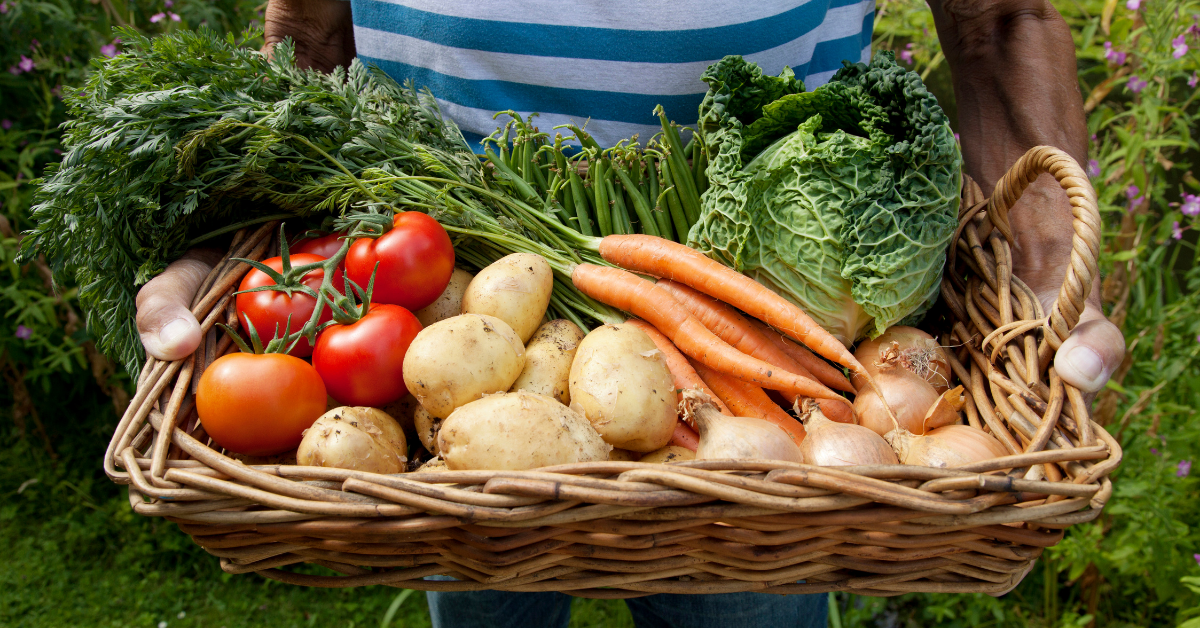
Puppy-Proofing Your Home

*collaborative post
Thinking of getting a puppy? Creating a safe environment for your pooch is essential – puppies are very curious and will have a go at chewing everything in those first months. Not only do you want to protect your dog from your home, but you also want to protect your home from your dog, so as well as eliminating hazards, it could be worth finding a way to protect valuables.
Here are just ideas on how you can puppy-proof your home…
Keep loose items out of reach
Any loose items around your home are potential objects that your puppy will try and chew. This could include small ornaments, TV remotes, shoes, magazines, mail and kids’ toys. Hiding these items out of reach will prevent your dog from chewing them. You may want to buy extra storage containers such as chests for keeping shoes in, plus you may want to buy a cage for the inside of your door to collect mail and stop it getting eaten. Particular breeds just love to chew which include Labrador puppies, Pitbull puppies, Jack Russell puppies, they do grow out of it so don’t worry, it isn’t forever!
You’ll inevitably not be able to hide all loose items, so it’s worth training your dog not to chew on certain things. Even if certain items aren’t valuable, remember that they could be choking hazards (particularly the likes of socks and small balls). Learning how to protect your hound with the dog Heimlich manoeuvre could be useful. Learning how to get items out of your dog’s mouth by force is also important (they will often try to resist, thinking that it is a game).
Tuck away cords and cables
Long cords for blinds and lights and electric cables are big dangers for dogs. Not only can they be a strangulation risk, but the latter could also give your dog an electric shock is chewed. Keep cables tucked away either out of sight or out of reach in order to protect your pooch. You can also try other tactics such as wrapping cords in protective sleeving or spraying them with a deterrent such as chilli spray or lemon spray. Again, training can go a long way and you should make a habit of correcting your dog whenever it tries to chew a cord or cable so that they understand these aren’t toys.
Distract your dog with toys
If your dog has enough toys, it won’t feel the need to chew other things. Load up on chew toys that you can occupy your dog with. It’s best to rotate these toys so that there’s always something new to play with – if your dog always has the same toys to play with, they may eventually get bored. Toys with treats in the middle can be some of the best toys for keeping your dog happy. Be wary that certain dogs will able to destroy toys more easily – there are plenty of hardy toys available to buy online.

Check that none of your plants are toxic
Certain plants in your home or garden could be toxic to your dog if chewed. Some can even be lethal such as foxglove, Japanese yew, sago palm and rhododendrons. If you don’t want to get rid of these plants, grow them out of reach or spray them with some kind of deterrent.
Limit access to certain rooms/areas of the home
If you don’t want your dog in certain rooms such as your bedroom and bathroom, you’re best keeping the door to these rooms closed. A stairgate could be useful for preventing your dog from going upstairs. Similarly, you may want to get child-locks for low cupboards that your dog may try to poke its nose in.
Make sure that your garden has no escapes – this could include holes in fence panels or a side gate with wide bars. Many dogs will escape and be at danger of road traffic or may try and chase other dogs.

Reconsider your flooring
If you’re thinking of getting the type of dog that sheds a lot of hair, you may want to reconsider your white carpets as you’ll be constantly hoovering them. A lot of people switch to wooden floors that are easier to clean both hair and dirt off. However, you should be careful of laminated wood as many dogs will slide on this and could injure themselves if their front legs splay out (putting down rugs can prevent sliding).
And there we have it, our very simple tips on how to puppy-proof your home. Good luck!

*This is a collaborative post. For further information please refer to my disclosure page.




